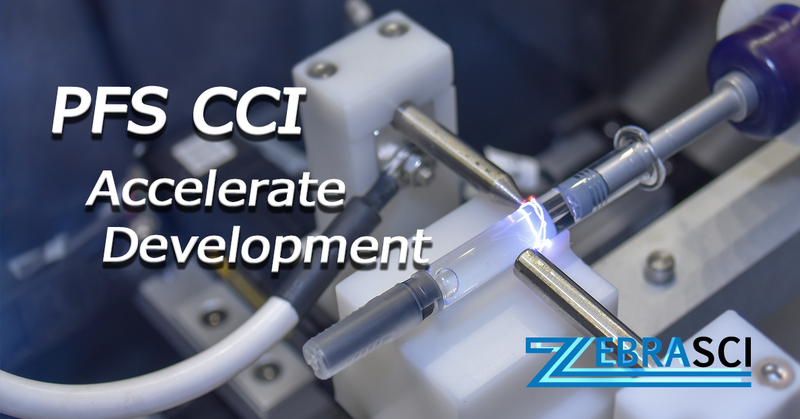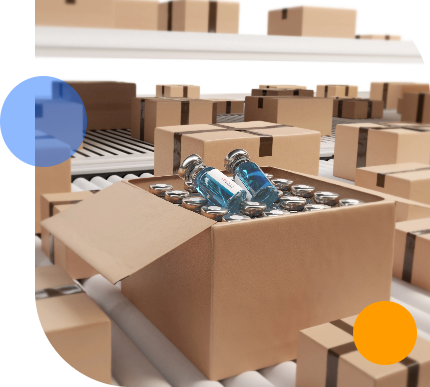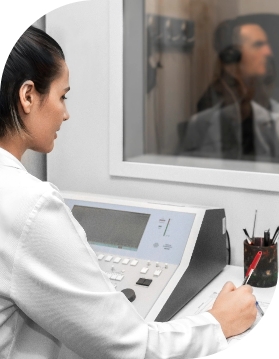PFS CCI Tips & Tricks
In recent years, the advantages of prefilled syringes (PFS) have given rise to their extensive use for pharmaceutical products. This trend is expected to accelerate in the future. For manufacturers, the advantages of prefilled syringes are minimizing drug waste, increasing product life span and shortening development time. Healthcare professionals & end users also enjoy the benefits of the system. Prefilled syringes are recognized as an efficient, reliable and convenient method for drug administration.

Challenges for manufacturers are still present, however. Prefilled syringes are a more complex container closure system when compared with traditional vials. There are more pathways and possibilities for a container closure integrity (CCI) issue to occur as there are more container closure interfaces. Evaluating all the interfaces with one technology can be a difficult task, but the experts at ZebraSCI can expertly navigate you through the best approach.
PFS CCI – Inherent Integrity Solutions
Start with an assessment of the inherent integrity of the system. How well is the needle shield/cap applied and are their any issues with misalignment and concentricity. For example, the needle could be slightly bent within the shield while not piercing the cap elastomer. This may not be easily detected by visual means and can impact the sealing surface of the needle cap. An inherent integrity test with a technology such as helium leak detection followed by an assessment of the critical geometries of the syringe & cap for multiple lots of material is quick and easy quality check.
Another quick quality check also involves helium leak detection. Helium is a valuable tool to accurately analyze the effect of processing variables on your current container closure system. Elastomer & syringe barrel selection and combinations thereof can be quickly evaluated for inherent integrity. Process parameters such as mechanical plunger placement vs. vacuum plunger placement can also be experimentally analyzed.
While helium leak detection is a useful tool, it has is limits. Unlike other technologies, helium leak testing is destructive. For container closure integrity testing throughout the product lifecycle, one of the best technology solutions for prefilled syringes is High Voltage Leak Detection (HVLD).
HVLD is 100% non-destructive and deterministic. Both historical and real time data that can be assessed against pass/fail criteria, thus eliminating the subjectivity of human vision found in unreliable blue dye methods. HVLD works by briefly applying an electrical current across the syringe. In the event that the PFS has a containment breach, there will be a significant change to the resistance value between the test electrodes. This creates a recordable change in the value of current/voltage in the test device.
HLVD – Preferred PFS CCI Tech
Where HVLD works particularly well for prefilled syringes is that it can identify the location of a leak. By moving either the test electrode or the PFS to focus on a particular area, you can detect failures from multiple different sources.
- If the syringe barrel has a pinhole or a crack not easily detected by visual inspection, HVLD will easily locate the breach.
- If the liquid has leaked passed the rubber seal on the plunger, this can be detected by bringing an electrode close by.
- If the needle tip cap seal is not integral, any leak path through to the inside of the needle tip can be easily detected.
The current generation of MicroCurrent HVLD can be used with a wide range of liquid-based products from low conductivity sterile water for injection (sWFI) to highly proteinaceous drug products within suspensions. While the test method is referenced in the United States Pharmacopeia (USP) Chapter on Container Closure Integrity (CCI) – USP <1207>, perhaps the best benefit of high voltage leak detection is the platform flexibility. The technology easily scales from lab bench to 100% inline testing applications at high production speeds, ensuring product quality throughout the product lifecycle.
When a prefilled syringe is mated with an auto-injector, HVLD can still be a useful tool to monitor integrity. The integrity of the system should be evaluated post-assembly, following distribution and on functional stability. ZebraSCI has years of experience with developing drug delivery devices. We have the tolls and know-how to quickly validate the device disassembly process and remove the primary container. Once removed, the syringe can be tested by HVLD to ensure the integrity of the system following normal processing, packing and shipping and end use.
ZebraSci’s experienced team pioneered the use of HVLD for PFS CCI. We can guide you to the best approach for monitoring integrity throughout development and the product lifecycle. Contact us today to learn more about applications for HLVD and our other solutions for ensuring primary container & device quality.


